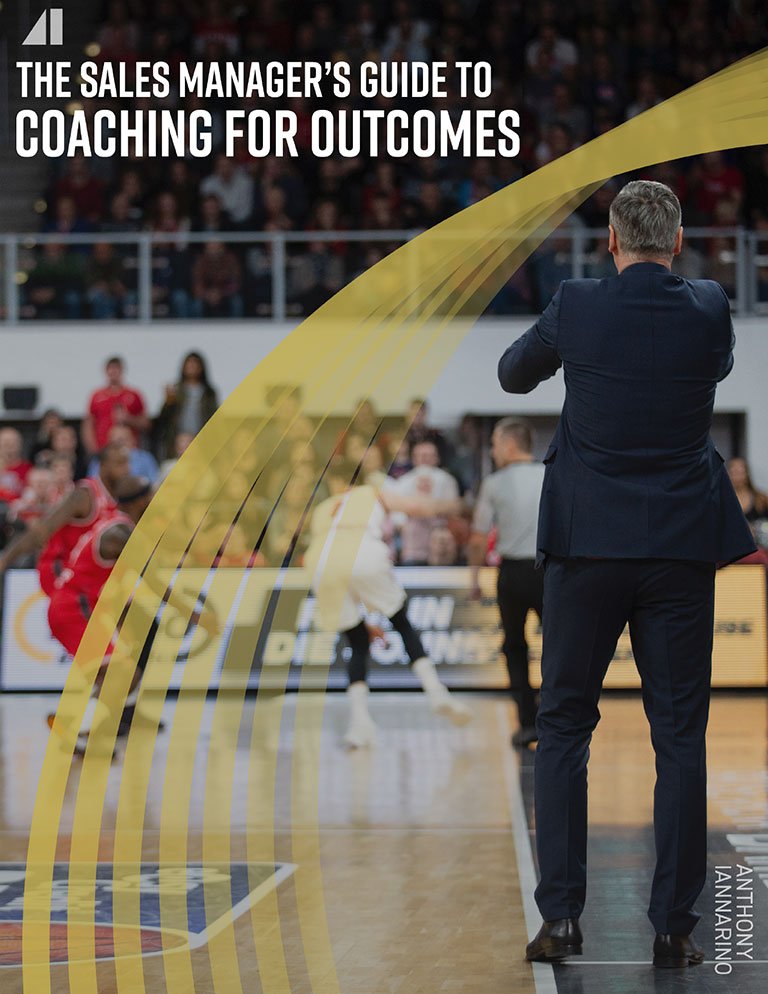The Gist:
- Some leaders struggle with how to deal with poor performers, especially those with a bad attitude.
- These leaders have three options—retrain, reassign, or replace the employee, preferably in that order.
- When a poor performer makes no effort to change, it’s better to make a decision quickly than to allow the problems to persist.
One of the ways we get staffing wrong is by hiring fast and firing slow. You improve your results—and your team—by hiring slow and firing fast. Being a sales leader means recognizing your mistakes, including hiring mistakes, and dealing with them quickly to minimize harm. The more time you take to address a low-performing salesperson, especially one with a bad attitude, the longer you go without the results you need. Even worse, you risk other employees being infected by bad habits and harmful beliefs.
In this situation, you have three options for improving your outcomes and your team’s professional health: retrain the problem employee, reassign them, or remove and replace them. In some cases, you may need to reassign or remove an employee immediately, but the process works best when you use each option in order.


Retrain
For a number of reasons, your first step should be to try and improve your employee’s results. The amount of time you invest in that individual should be determined by their willingness to engage, their effort at changing their behaviors, and their sincere desire to improve. A person who resists your every attempt to retrain or coach them deserves less of your time and effort, even if you really think you can turn them around. A person with a good attitude who puts in the effort deserves more time, even if you eventually have to move on to reassignment.
It is not uncommon for sales leaders to delay coaching or retraining, or to allow the individual too much time to demonstrate the required behavioral changes. HR policies often extend this timeline by what feels like decades, so you should start the process as soon as you recognize that you have a problem. Similarly, learn to distinguish between a person who is a problem and a person who has a problem. The first needs to stop being a problem, and the second needs your help with a problem.


Reassign
A lot of really good salespeople still fail, not because they aren’t working hard but because other factors interfere—a lack of confidence, for example, or avoiding conflict with their clients even when the clients need to change what they’re doing. Much of the time, these people are worth retaining in a role that suits them better, often as account managers.
But this approach won’t work for genuine problem employees: changing their role does nothing to improve the areas they need to change. Shifting them to another department may make them someone else’s problem for now, but it still harms the organization. It also suggests that the employee’s original leader (that’d be you) is to blame for the employee’s problems, a belief that could be far more harmful than a single bad employee.


Remove and Replace
When an individual has a bad attitude and is unwilling to change, even when you provide them with all the help available to them, there is only one choice available to you. You must remove and replace them. The longer you postpone this decision, regardless of the reason, the more you jeopardize your results and your reputation.
For one thing, you risk the individual influencing others and attacking your initiatives, negativity being the only cancer that spreads by contact. You risk allowing a person who is negative about their job, and perhaps also the company and its leadership, to sit across from your clients. More still, when the individual is also failing to meet their goals, your team is effectively down a player until you do something about it.
As a leader, you are responsible for building the best team possible. When a person is unwilling to demonstrate the necessary character traits to contribute as an individual and a team member, you are left with no choice but to replace them. You owe it to your team, your company, and your clients to replace each problem employee with someone who gives you a competitive advantage and who will contribute to a positive, optimistic, and professional workplace culture.
Problems don’t age well: tiny monsters grow up fast, and dealing with them often gets more difficult the longer you ignore them. Whether you are just starting to recognize a problem with one of your employees or you’ve let it fester for a while, don’t wait another minute. Start treating the disease today.
Do Good Work:
- How do you recognize when a person is not capable of accepting your coaching?
- What does it cost to have a negative team member infecting your team with their poor beliefs?
- What improvements do you need to make to your salesforce?

Get the Free eBook!
The Sales Manager's Guide to Coaching Outcomes
The success of the team depends on the coach's ability to bring the players together, teach, and lead. Invest time in improving your leadership with this eBook.
Download Now







.jpg?width=768&height=994&name=how-to-lead-ebook-v3-1-cover%20(3).jpg)


